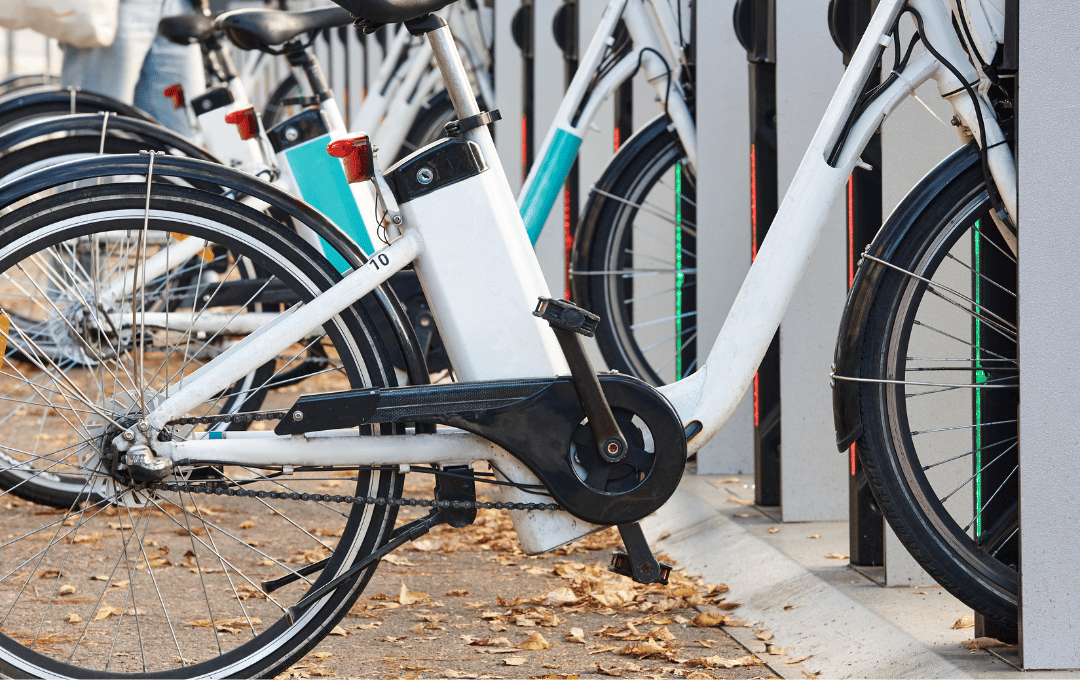RIDING THE NEW WAVE: E-bikes, E-scooters and Injury Liability
With rising gas and transit costs, as well as the increasing congestion of public transit, the purchase and use of e-bikes and e-scooters has skyrocketed both during and post the COVID-19 pandemic. As a relatively inexpensive form of transit, with few government regulations, these transportation devices, dubbed “Power Assisted Bicycles” and “electric kick-scooters,” have inspired a growing legal discourse on the rising hazards posed by them and the few legal avenues for accidents victims to turn to for compensation.
What You Need To Know About E-bikes
According to the Government of Ontario, the following qualifications define what constitutes an ‘e-bike’:
● A handlebar for steering
● Working pedals
● Two or three wheels
● An electric motor
● Braking systems
● A maximum speed of 32 km/h
● A maximum weight of 120 kg (includes the weight of the bike and battery)
● An electric motor not exceeding 500 watts
See the Government website for a full list of requirements: https://www.ontario.ca/page/riding-e-bike
E-bikes are not held to the same standard as motor vehicles like automobiles or motorcycles under the Highway Traffic Act, RSO, c H 8.Falling under the category of ‘Power Assisted Bicycles,’ riders of these vehicles are not required to hold a license to operate, hold insurance against accidents and injury, nor to affix a license plate to their bicycles. This lack of constraints leaves unclear recourse for individuals injured in e-bike accidents to seek financial compensation for injuries and loss of earnings they may incur.
E-bikes, though not classified as bicycles under the Highway Traffic Act, are expected to follow the same rules as cyclists. The rules include wearing a helmet, installing lights on their bike, signaling, and stopping at red lights and indicated signage. Additionally, riders must be 16 years or older and keep their e-bike in good working order. Even with such requirements, these rules are rarely enforced.
What You Need to Know About E-scooters
The Government of Ontario defines an ‘e-scooter’ as a transport device that has:
● Two wheels (one at the front and one at the back)
● A platform to stand on
● A handlebar for steering
● An electric motor that does not exceed 500 watts
● A maximum speed of 24 km/h
For a full list of requirements see: Ontario Electric Kick Scooter Rules
Similar to e-bikes, e-scooter riders are not required to hold a license or any insurance to operate. However, the Province of Ontario is taking part in an e-scooter pilot program, allowing municipalities to choose where and how e-scooters may be used. Under this program, the City of Toronto has prohibited e-scooters to be “operated, left, stored or parked on any public street in Toronto, which includes bicycle lanes, cycle tracks, trails, paths, sidewalks or parks.” These rules are outlined under Municipal Code Chapters: 950, 886 and 608. E-scooters, similarly to bicycles, are required to follow all Highway Traffic Act rules of the road. Violating the pilot program regulations may lead to fines between $250-$500, however, like their e-bike counterparts, e-scooter violations are also rarely enforced.
You’ve Been Injured! What Can You Do?
Due to e-bike and e-scooter riders not being required to have motor vehicle insurance, individuals who sustain injuries from an accident with these vehicles may not be entitled to accident benefits (the mechanism under an insurance policy that provides compensation in the event of injury or lost earnings, under the Insurance Act, RSO 1990, c I.8) or tort damages for pain and suffering, loss of income, etc. Possible avenues for such claims are:
- Injured person’s own motor vehicle policy, if available
- Motor Vehicle Accident Claims Fund, if no available motor vehicle policy to pursue\
- The municipality, should there have been a defect in the road and/or design, that contributed to the accident
- At fault persons homeowner or tenants liability insurance
If you’re a victim of an e-bike or e-scooter accident, individuals should immediately perform the following steps to support their claims:
- Exchange contact information with at-fault person
- Seek medical attention
- Report the accident to Police
- Take video and photos of the area of the accident, documenting all possible causes, including municipal issues
- Consult a personal injury lawyer
Personal Injury claims of this nature can be tricky due to the fickle enforcement of regulations and the unclear rules for e-bike and e-scooter injuries. Retaining a skilled lawyer is a necessity!
E-bike or E-scooter Accident Lawyer
If you have been injured, contact Tony Lafazanis for a FREE case evaluation. Tony has over 35 years of experience as a personal injury lawyer and understands the often-complex issues in such cases.
———
Sources:
● https://otlablog.com/the-joys-and-perils-of-e-bikes/
● https://canadamotoguide.com/2021/06/30/opinion-the-problem-with-e-bikes/



